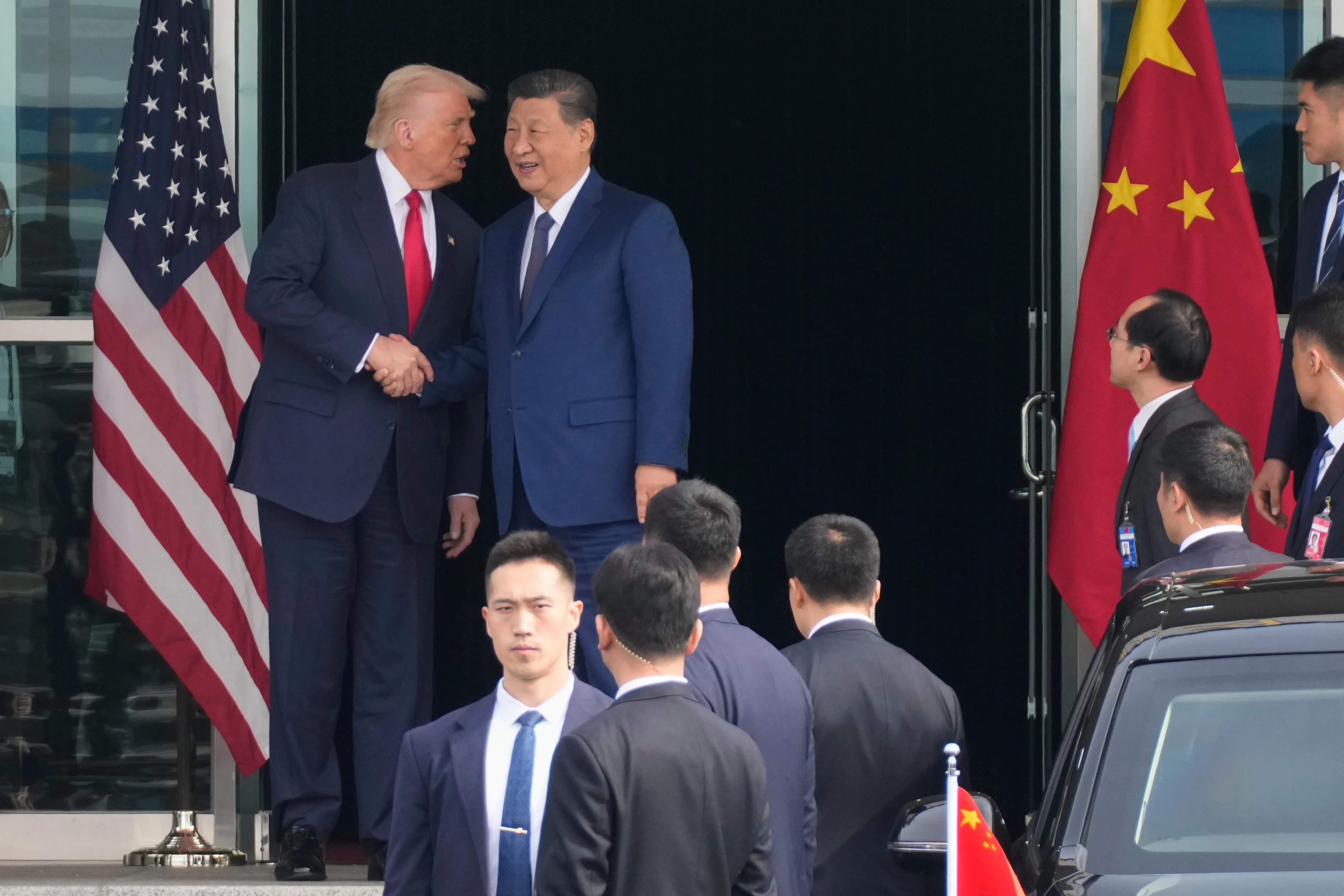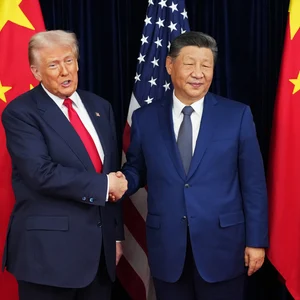Copyright scmp

With the US cutting its tariffs on Chinese imports by 10 per cent – halving a duty initially imposed by Washington over allegations of complicity in the fentanyl trade – analysts said the reduction may further strengthen the competitiveness of Chinese exporters, particularly in mass-produced goods. Following a meeting on Thursday between President Xi Jinping and US President Donald Trump in South Korea, the world’s two largest economies reached a consensus on the issue, with the US agreeing to remove half of its 20 per cent in fentanyl-related tariffs on China, effective immediately. The 90-day pause on tariff increases the two sides agreed to during trade talks in May, extended by another 90 days in August, was also lengthened after this week’s meeting, this time for one year. That brings overall US tariffs on Chinese goods to 47 per cent, down from the previous 57 per cent, Trump told reporters on Air Force One after the summit. Those figures include duties imposed before Trump’s second term. “The 10 per cent tariff cut on top of generally higher tariffs on the rest of the world should help improve exporters’ competitiveness to varying extents moving forward,” said Lynn Song, chief Greater China economist with Dutch financial services firm ING. “Generally, China has the world’s most complete manufacturing infrastructure and benefits from economies of scale, allowing it to outcompete many other nations.” Dexter Roberts, a US-based senior fellow at the Global China Hub under the Atlantic Council think tank, said that Chinese exporters are already “hyper-competitive” compared with their Asian counterparts, due to the intensity of the domestic market. Now, with the US tariff cut, that advantage will become more evident, particularly for lower-margin products, Roberts said. “Doing this on razor-thin margins is something often other countries find it hard to compete on,” he said. “If they’re selling at a 10 per cent cost advantage, as soon as the fee is taken away, suddenly China becomes competitive again. For the traditional lower-value goods, the margins were extremely low,” Roberts said. “If you’re selling shoes or toys, 10 per cent is huge.” The additional duties the US imposed on China this year have been reduced to 20 per cent following the cut, narrowing or eliminating the tariff gap between China and other manufacturing hubs in Asia, including Vietnam, South Korea and Japan. Vietnam is currently subject to US tariffs of 20 per cent – which could be raised by an additional 40 per cent if it is found to be facilitating transshipments from China – while South Korea and Japan are each subject to 15 per cent import duties. Renewed trade tensions between the US and China this year have prompted discussions among manufacturers about relocating parts of their production to Southeast Asia to mitigate the impact of trade barriers. But as the tariff landscape has changed, analysts said investors may reconsider their manufacturing arrangements, which could in turn bolster China’s exports. “The commitment to postpone the pending reciprocal tariffs by one year should help improve market sentiment thanks to reduced near-term uncertainties, allowing corporates to recalibrate investment decisions and supply chain adjustments,” said Zhang Ning, senior China economist at UBS, in a research note on Friday. Zhang added that the tariff cut is “modestly positive for China’s export growth and global supply chain”. Meanwhile, HSBC said in a Thursday research note that, if US tariffs are kept at current levels, this could help restore business confidence and investment. The bank estimated that China’s gross domestic product growth could be boosted by as much as 0.3 percentage points from the US tariff cut. As the world’s largest economy, the US remains China’s top single-country export destination, with an outbound shipment value of US$524.7 billion in 2024 according to Chinese customs data. This is more than three times the figure for Vietnam, the second-highest ranked country by export value. However, Chinese exporters have been reducing their reliance on the US this year. In the first nine months of 2025, China’s exports to the US declined by 16.9 per cent year on year. “The 10-percentage-point reduction is expected to have a significant positive impact on Chinese exporters and play an important role in stabilising exports to the US,” said Cui Fan, a professor of international trade at Beijing’s University of International Business and Economics, in an article posted to social media on Thursday. In his piece, Cui argued cumulative US tariffs on China now stand at around 41 per cent, rather than the 47 per cent cited by the Trump administration. He based this rate on a broad average that includes the tariffs invoked under Section 301 of the US Trade Act of 1974, as well as sector-specific tariffs imposed under Section 232 of the US Trade Expansion Act of 1962.



